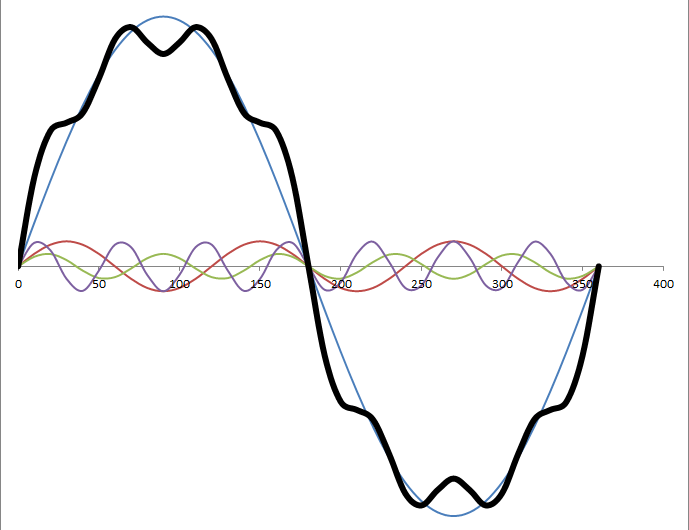The IEC (International Electrotechnical Commission) and IEEE (Institute of Electrical and Electronics Engineers) both have standards that address harmonics in electrical systems, but they differ in scope, methodology, and application.
Below is a comparison of their harmonics limits standards:
1. Scope and Application
- IEC Standards
- IEC 61000-3-2: Deals with the limits for harmonic current emissions (equipment with input current ≤ 16 A per phase). It applies primarily to consumer electronics and general-purpose electrical equipment.
- IEC 61000-3-12: Covers equipment with a current > 16 A but ≤ 75 A per phase. It’s more focused on industrial equipment and larger loads.
- IEC 61000-4-7: Describes the measurement techniques and equipment for assessing harmonic emissions.
- IEEE Standards
- IEEE 519: Focuses on the recommended practices and requirements for harmonic control in electrical power systems, particularly the overall system harmonics from multiple sources. It applies to the point of common coupling (PCC) in industrial and commercial facilities.
2. Harmonics Limits
- IEC
- Individual Harmonics: The IEC standards generally define limits for individual harmonic orders (e.g., 3rd, 5th, 7th) based on the type of equipment and its current rating. The limits can be more stringent for higher harmonic orders.
- Total Harmonic Distortion (THD): The IEC does not specifically define a limit for THD in its standards, but focuses on individual harmonic orders.
- IEEE
- Total Demand Distortion (TDD): IEEE 519 defines limits based on Total Demand Distortion (TDD), which is the harmonic current distortion as a percentage of the maximum demand load current.
- Voltage and Current Harmonics: IEEE 519 specifies limits for both voltage and current harmonics at the PCC, with different limits for various voltage levels and system configurations.
3. Methodology
- IEC
- The IEC standards tend to focus on ensuring that individual pieces of equipment meet certain harmonics emission standards, primarily to protect the overall power quality of the grid.
- The approach is often prescriptive, with specific limits assigned to each harmonic order depending on the equipment’s category and current rating.
- IEEE
- IEEE 519 takes a system-wide approach, considering the cumulative impact of multiple harmonic sources on the power system. The focus is on managing the overall harmonic levels at the PCC, rather than limiting the emissions of individual devices.
It provides guidelines on the acceptable levels of harmonic distortion, based on the power system's voltage level and the size of the load.
4. Implementation and Enforcement
- IEC
- The IEC standards are generally enforced through equipment certification and compliance testing. Equipment manufacturers need to ensure that their products comply with IEC harmonics standards before they can be sold in markets that follow IEC regulations.
- IEEE
- IEEE 519 is more of a guideline and recommended practice rather than a mandatory standard. It's often used by utilities and engineers to set contractual limits and design practices for harmonic control in power systems.
